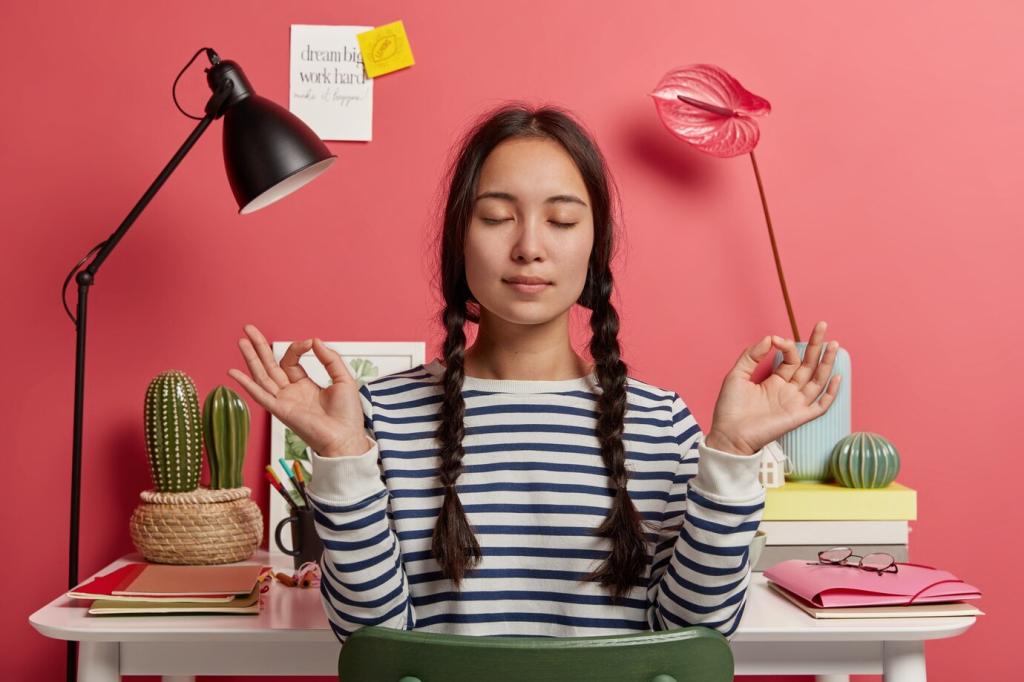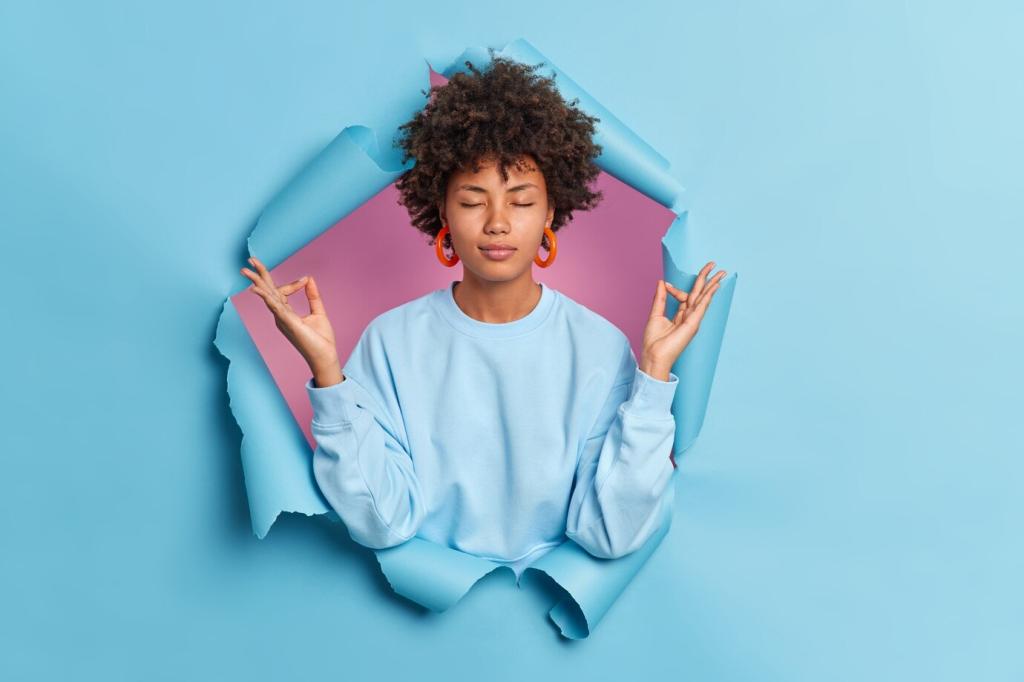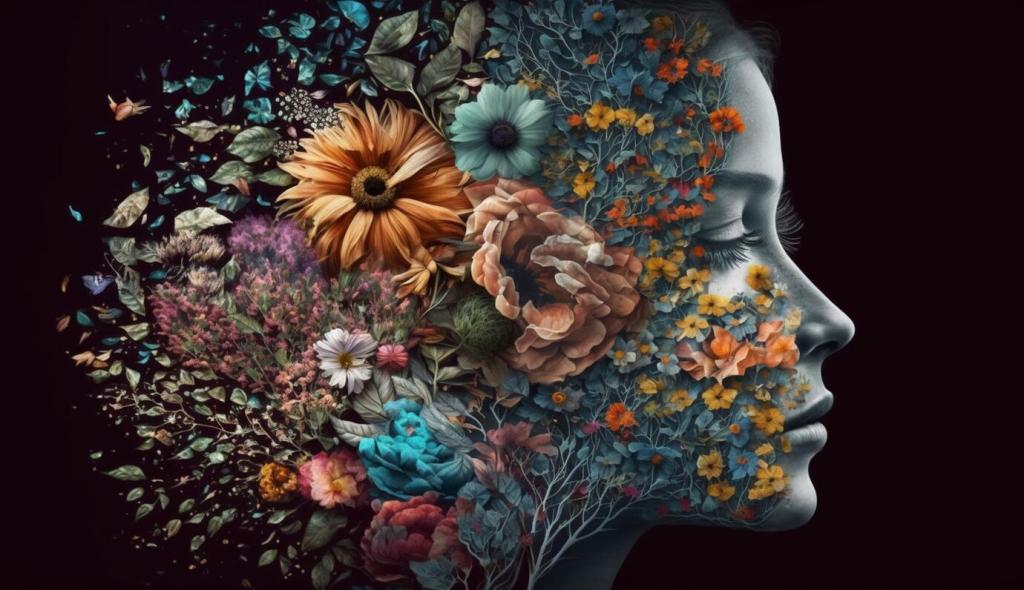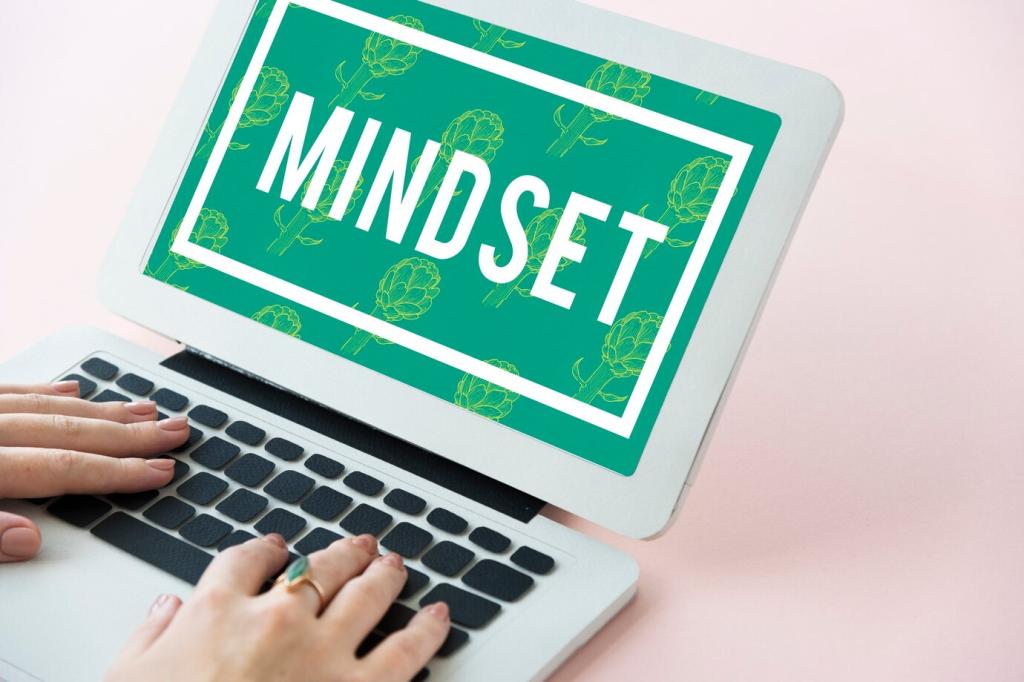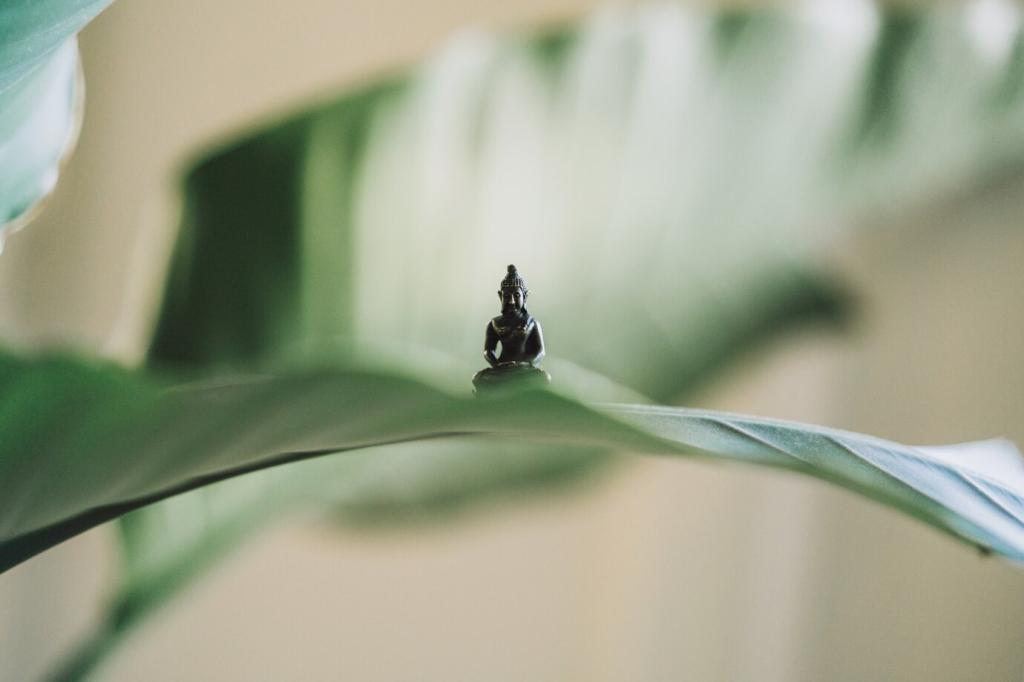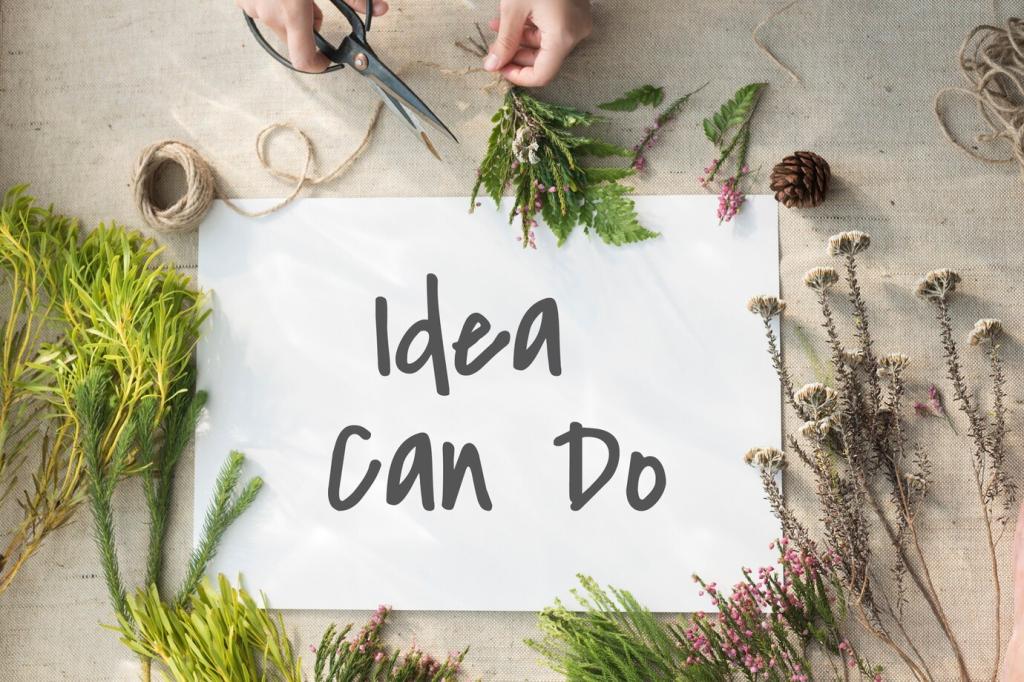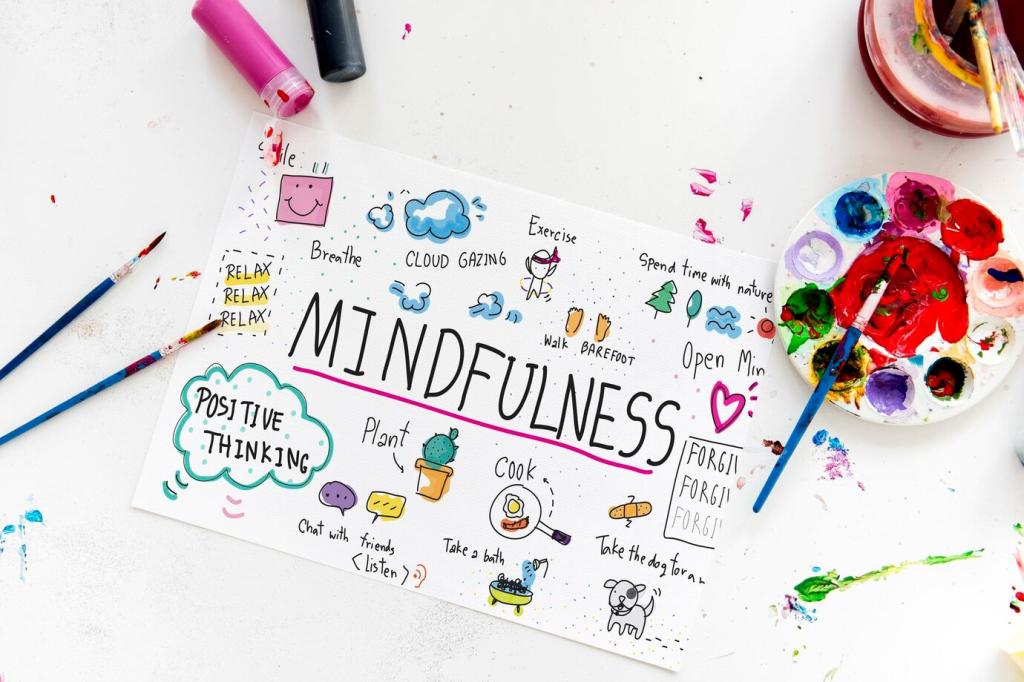From Blank Page to Flow: Meeting the Block with Breath
As thoughts appear—“comparison,” “fear,” “timeline”—label them softly, then guide attention back to the sensation of breath near the lips. Naming reduces reactivity, making space for curiosity. After two minutes, sketch one small shape to re-enter making without pressure.
From Blank Page to Flow: Meeting the Block with Breath
Place a hand on your chest, inhale, and acknowledge difficulty: “This is hard; many artists feel this too.” Exhale with kindness: “May I find patience.” Research shows compassion reduces rumination and encourages persistence—exactly what a complex composition or rewrite demands.




